- Antipasti
- Bella Italia
- Dessert
- Drinks
- Favorite Italian recipes
- Main courses
- Pasta
- Pizza
- Side dishes and salad
- Tips & Knowledge
Gluten-free pizza dough – recipe
Looking for the perfect gluten-free pizza dough? This recipe from the Neapolitan pizza world champion ensures a result just like with classic flour. Follow the recipe and watch the explanations in the article and the video tutorial!
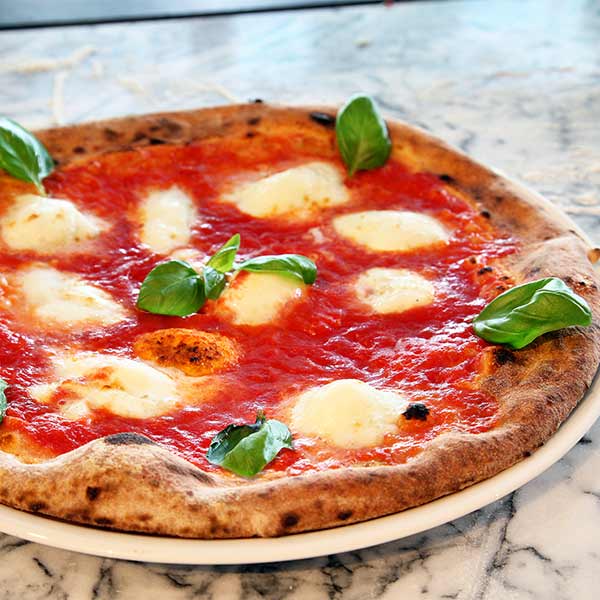
Table of contents
- 700 g Water, Ice cold (4 °C)
- 1000 g gluten-free flour , z. e.g. Caputo Fiore Glut
- 10 g Dry yeast
- 20 g Salt
- 80 ml Olive oil , extra virgin
- Large bowl
- Fine balance, for the dry yeast
- Food processor, with flat beater
- Dough scraper
Schritt für Schritt durch´s Rezept
- Step 1Pre-dough & kneading: Put all the flour into the kneading bowl. Add the dry yeast and gradually mix in the water on a low setting (or by hand) and then knead for a few minutes on a higher setting to form a homogeneous dough.
- Step 2Work in the salt and olive oil: Scrape the dough together with a dough spatula, add the salt and knead again for a few minutes. As soon as the salt is fully incorporated, gradually knead in 50 ml of olive oil until the dough has a smooth consistency.
- Step 3Proof the dough as a whole: Cover the dough and leave to rest for 10-20 minutes.
- Step 4Piece proof (portioned dough works): Using oiled hands, portion the dough into pieces of 300-320 g each. Shape the dough portions into balls and wrap each one loosely in lightly oiled cling film. Leave the dough pieces to rest in the fridge at 4 °C for 40 minutes. The dough pieces can then be shaped, topped and baked like normal pizza dough.
Why is gluten-free pizza dough sticky?
Gluten-free dough differs fundamentally from classic pizza dough in its structure, as it lacks the gluten. Gluten normally ensures the elasticity and binding of the dough. As this structure is missing, gluten-free dough often feels moister and stickier.
Flat beater instead of dough hook
Instead of a standard dough hook, which you use for normal pizza dough, a flat beater is used for gluten-free dough. This special mixer helps the dough to come away from the sides of the bowl more easily and ensures an even mixture.
Hydration and yeast in gluten-free pizza dough
This recipe uses 10 grams of dry yeast per 1 kilo of flour. That may sound like a lot of yeast, but gluten-free pizza dough needs this amount to rise well. This dough also requires 700 grams of cold water – ideally at 4 degrees – per kilo of flour. The high hydration of 70 % is important in order to be able to work the dough evenly.
No semola for spreading the pizza
Semola (durum wheat semolina) is often used to form pizza dough. However, semola contains gluten. If it is used anyway, it could cause discomfort for people with gluten intolerance or coeliac disease. Instead, a gluten-free flour, e.g. rice flour or a gluten-free flour mix, should always be used to shape the pizza – but only in moderation, as too much additional flour can change the consistency of the dough. Another option is to shape the dough directly on the baking paper with lightly oiled hands.
More for gluten-free pizza
Can you prepare gluten-free pizza dough in advance?
Yes, this is even recommended! Gluten-free dough benefits from a longer resting time, as the ingredients combine better and the structure becomes more stable. Once made, the dough can be stored directly in the fridge – ideally in airtight packaging or wrapped in lightly oiled cling film. It will keep there for up to 3 days.
Video tutorial: Baking gluten-free pizza
The creator of this recipe is Davide Civitiello from Naples, an excellent pizza world champion. In the video, you can watch over his shoulder as he prepares the dough. Gluten-free pizza can be just as delicious as the classic version – the trick lies in using the right ingredients and the right technique. Enjoy your meal and have fun baking pizza!
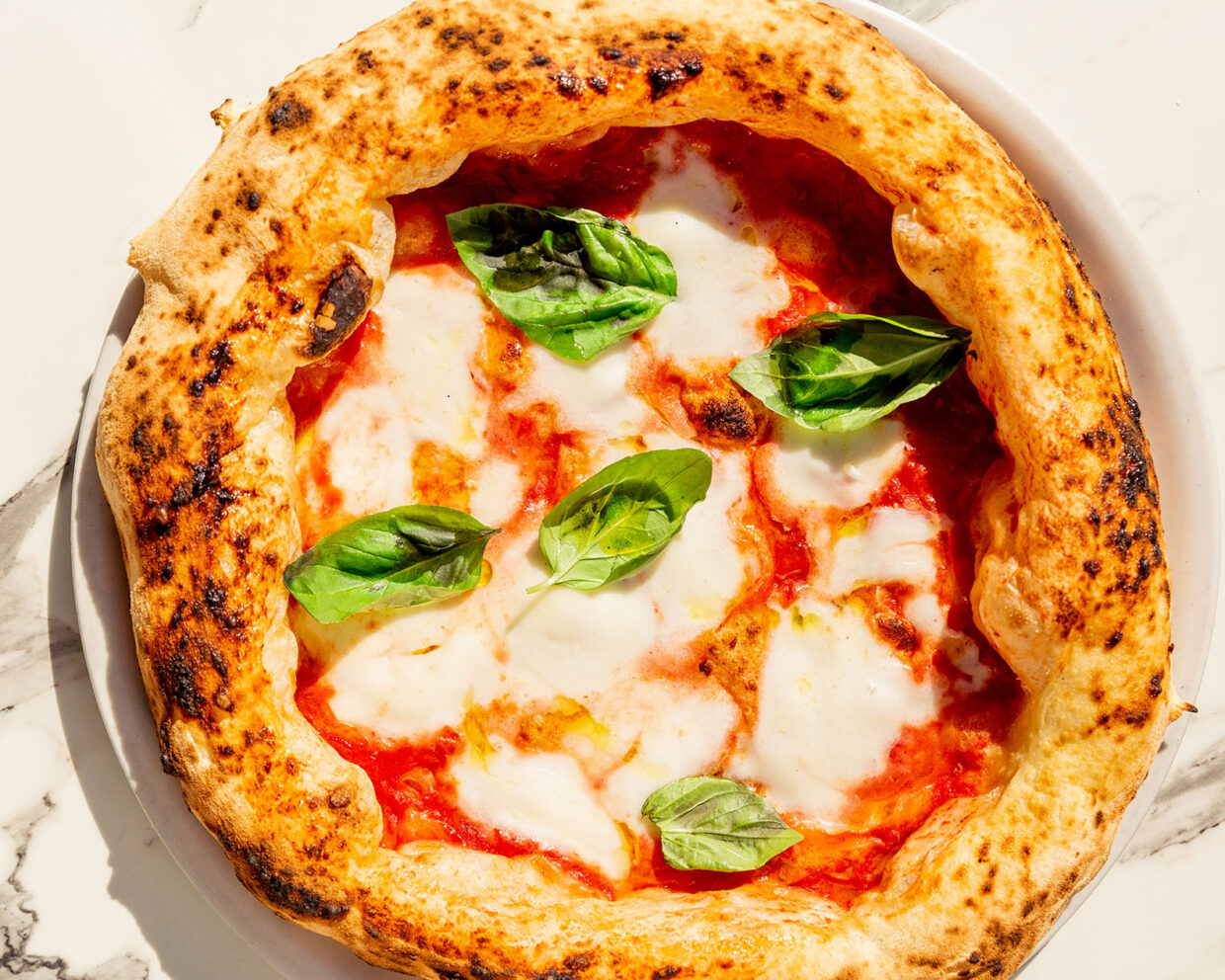

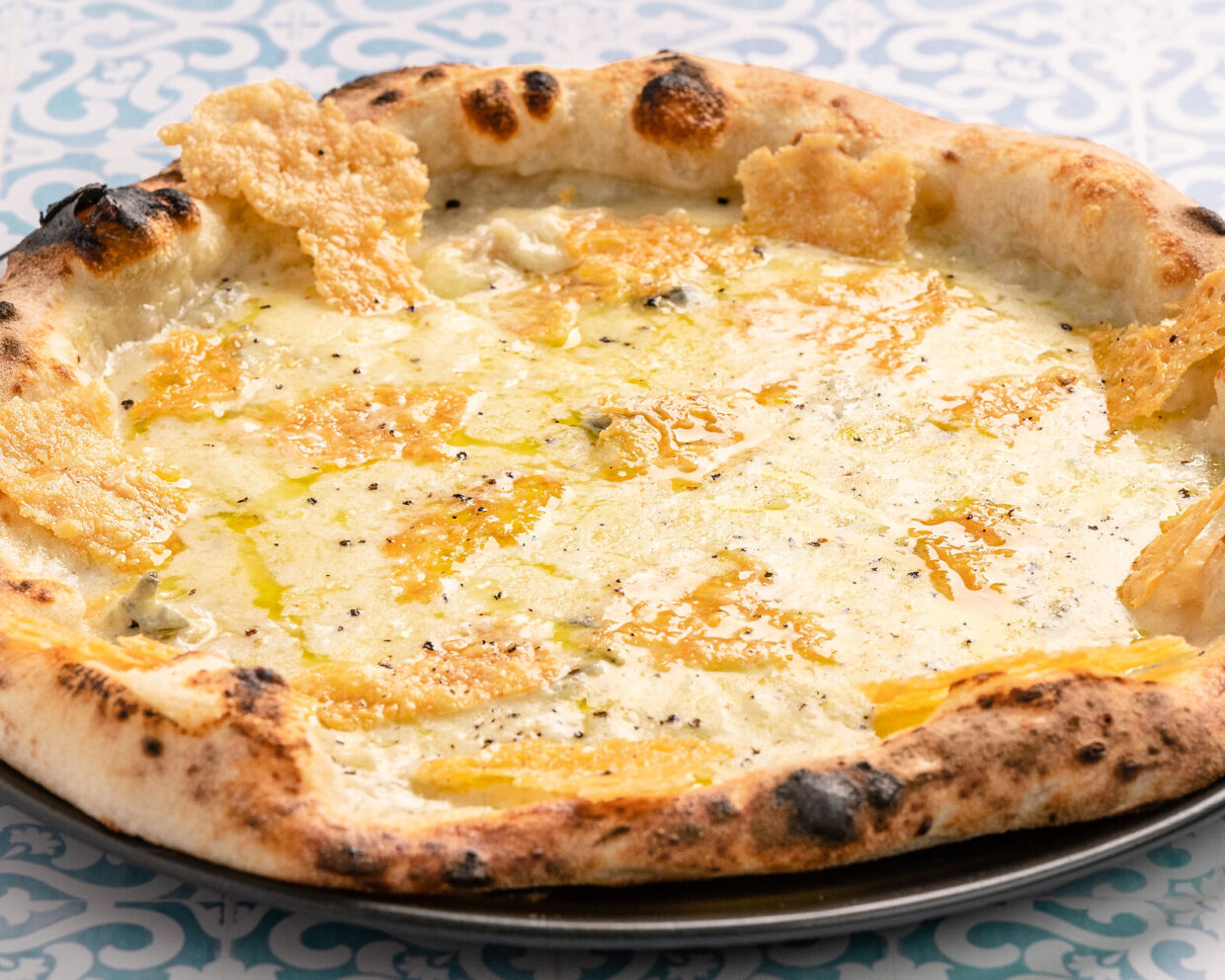
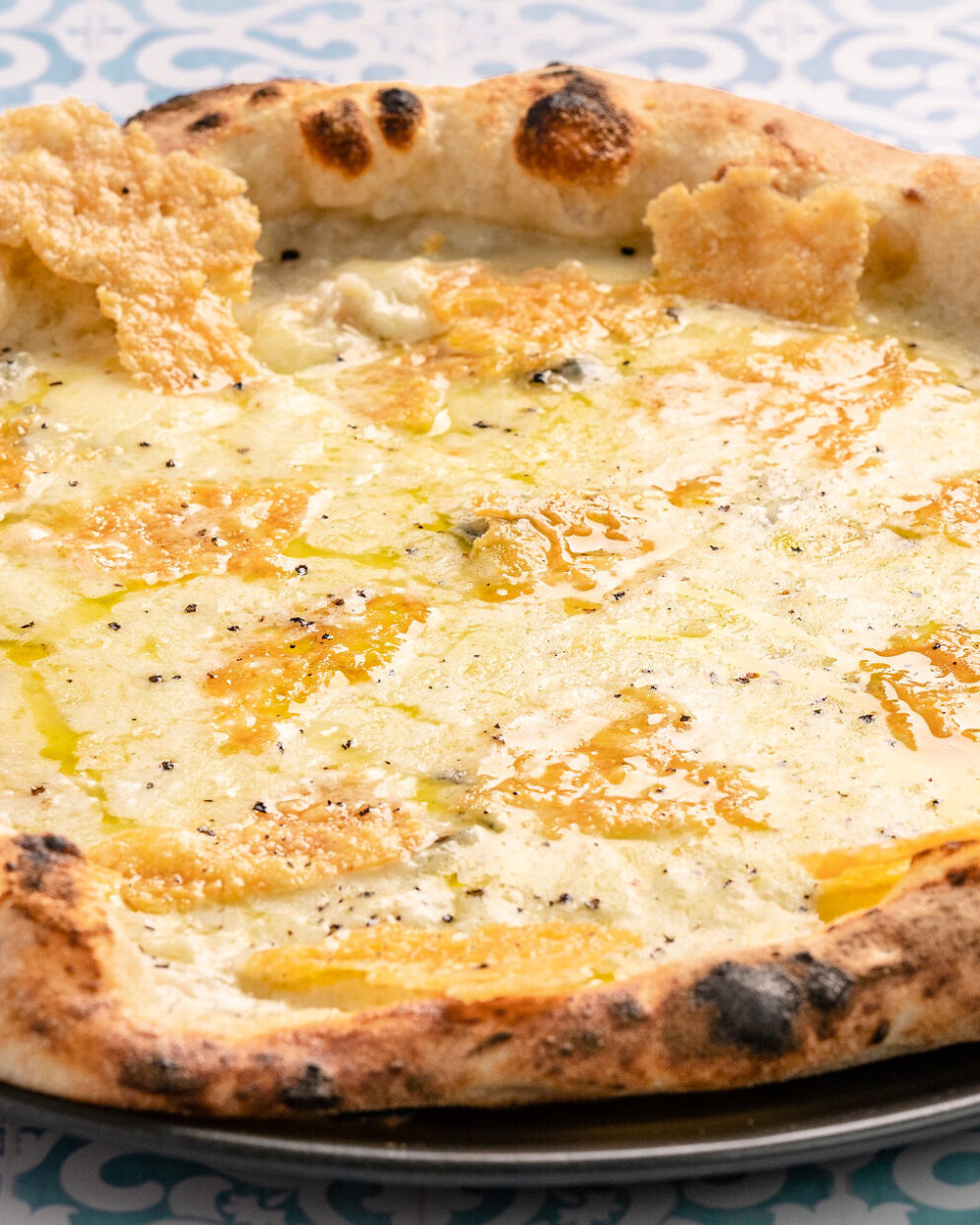
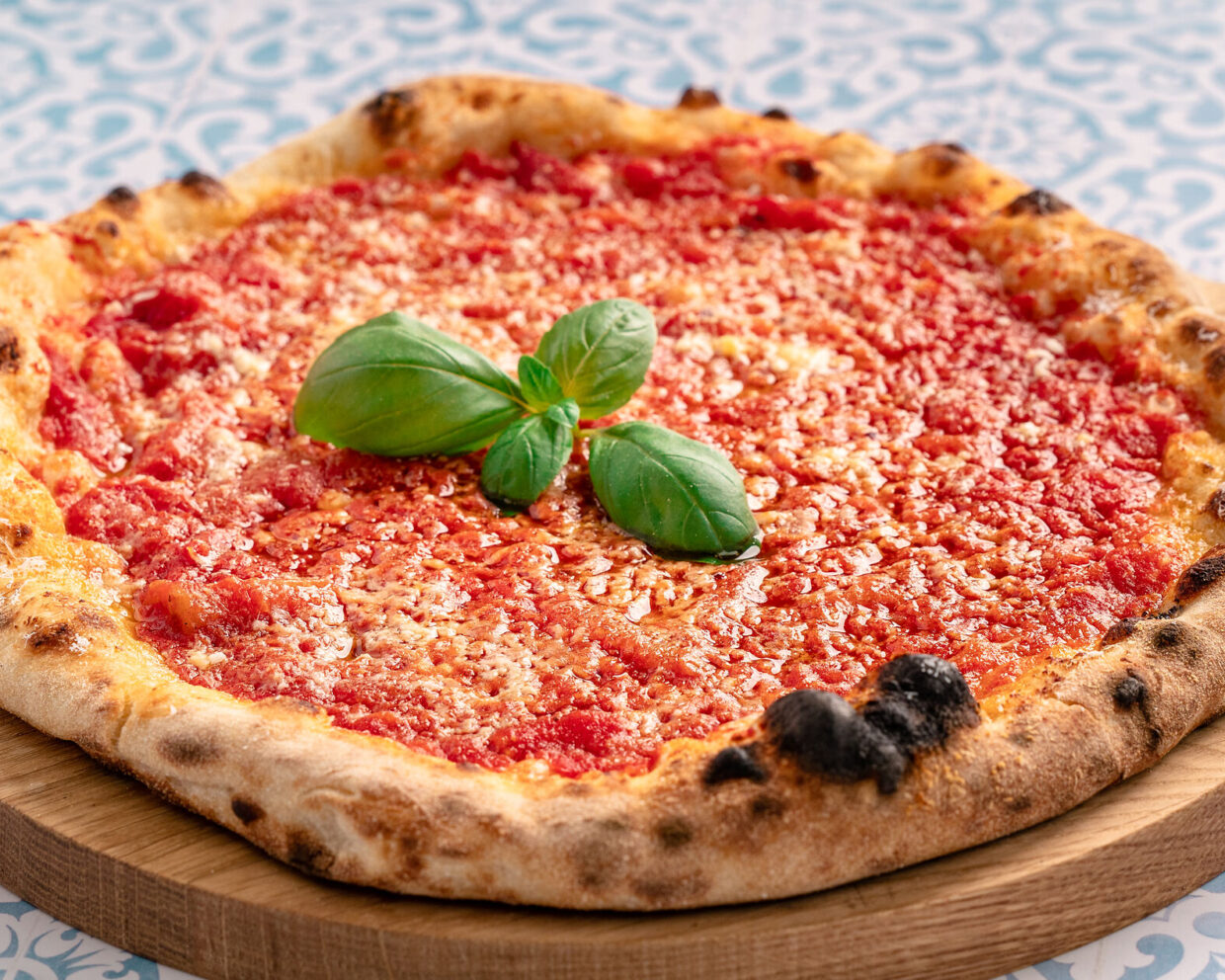
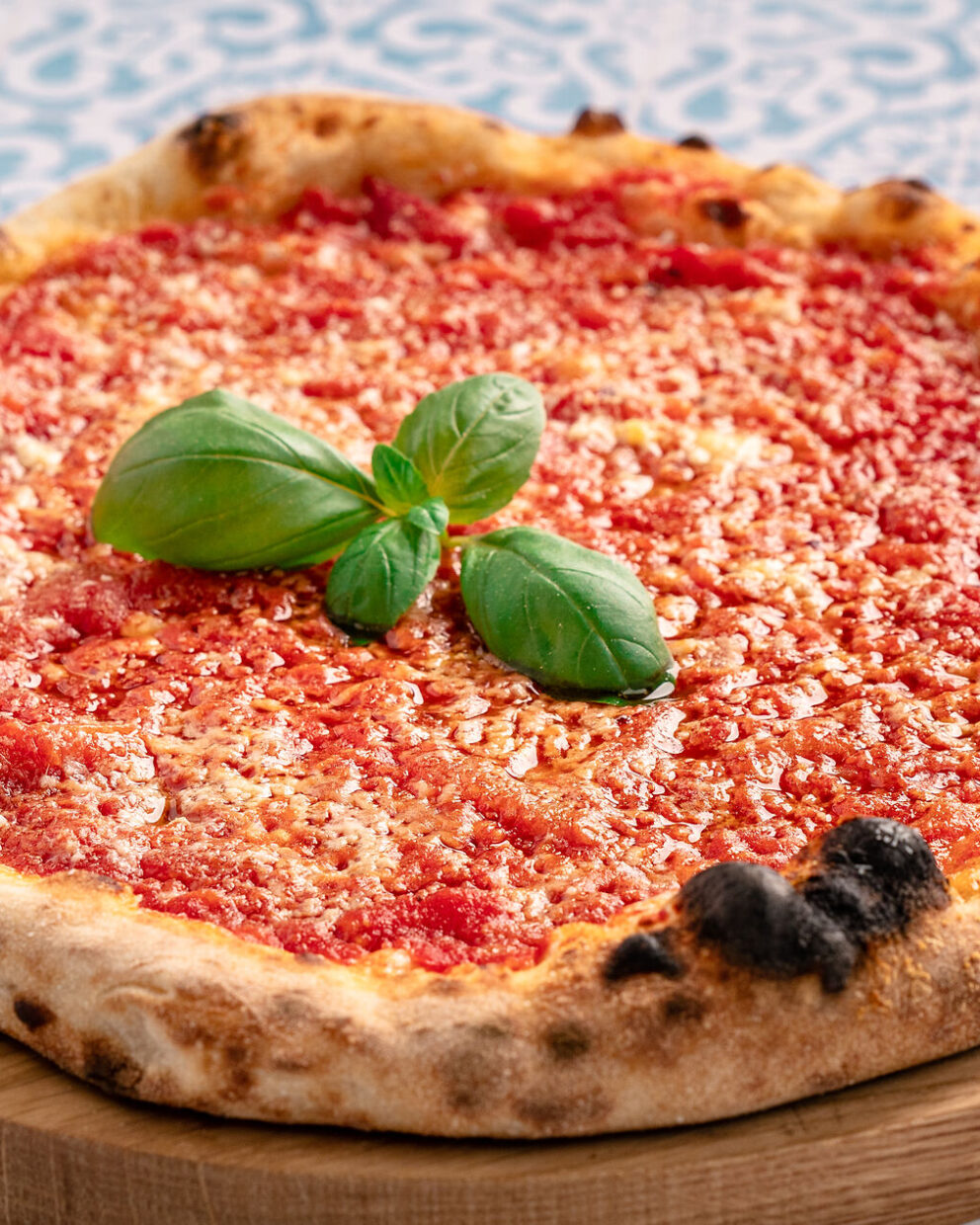
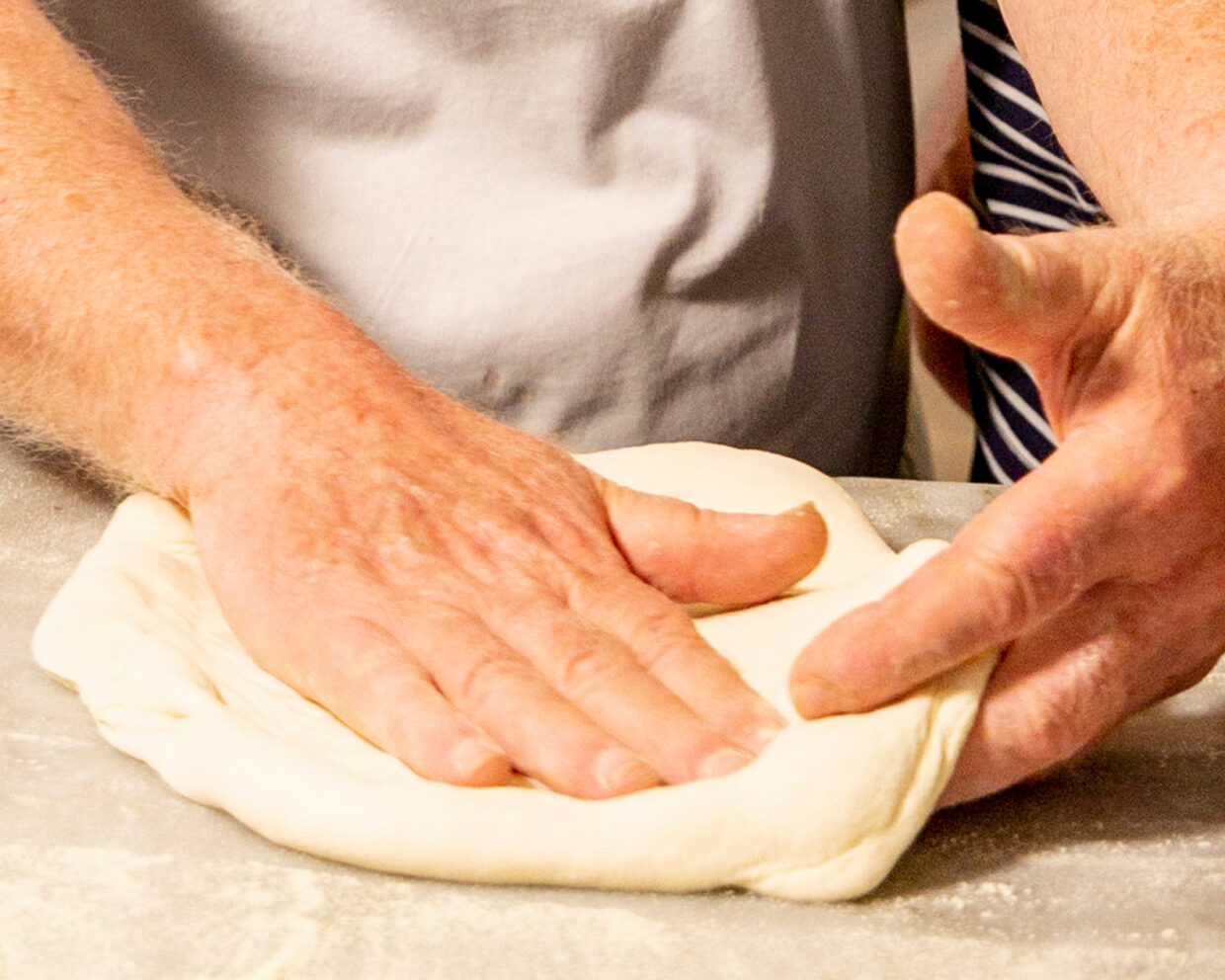
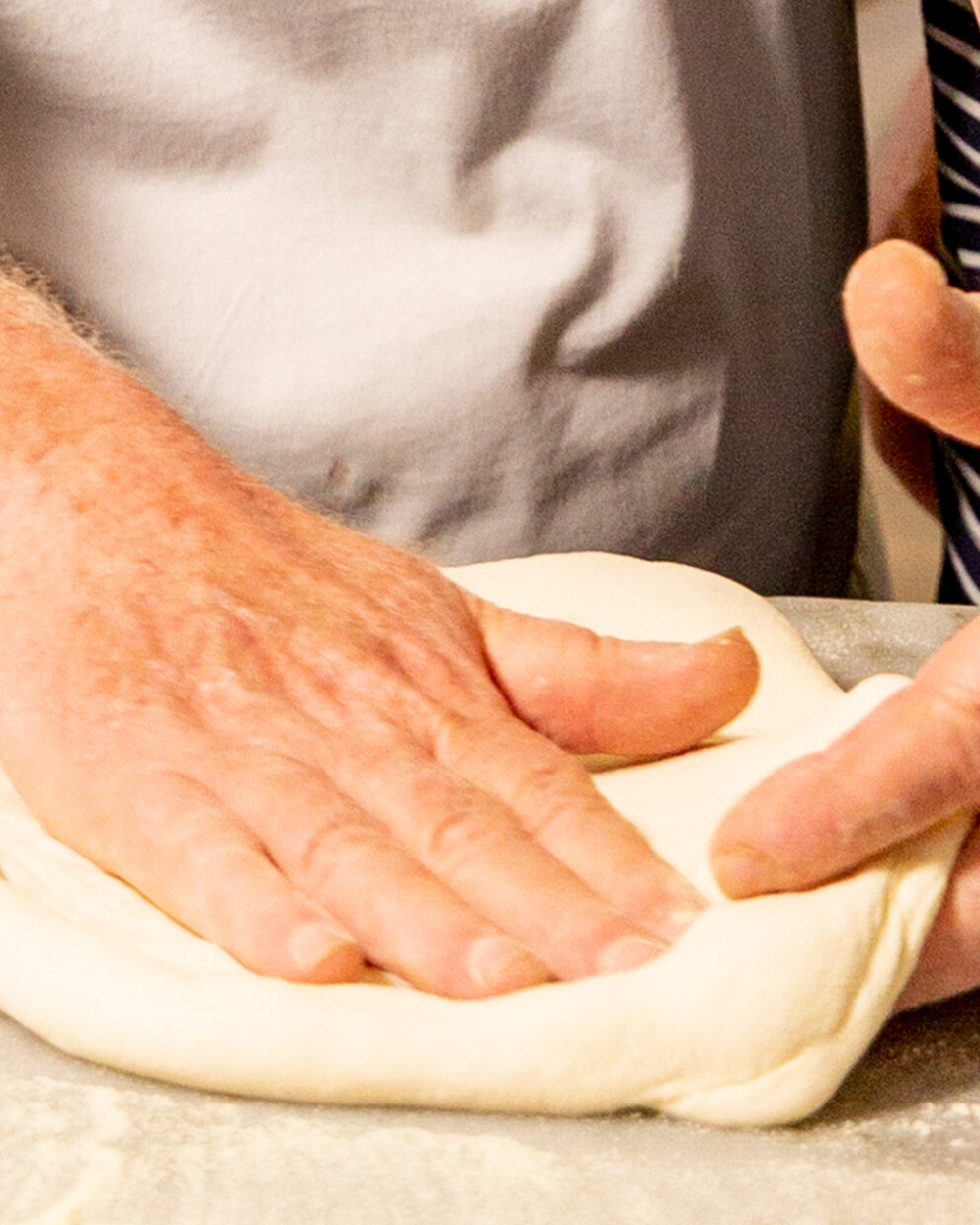
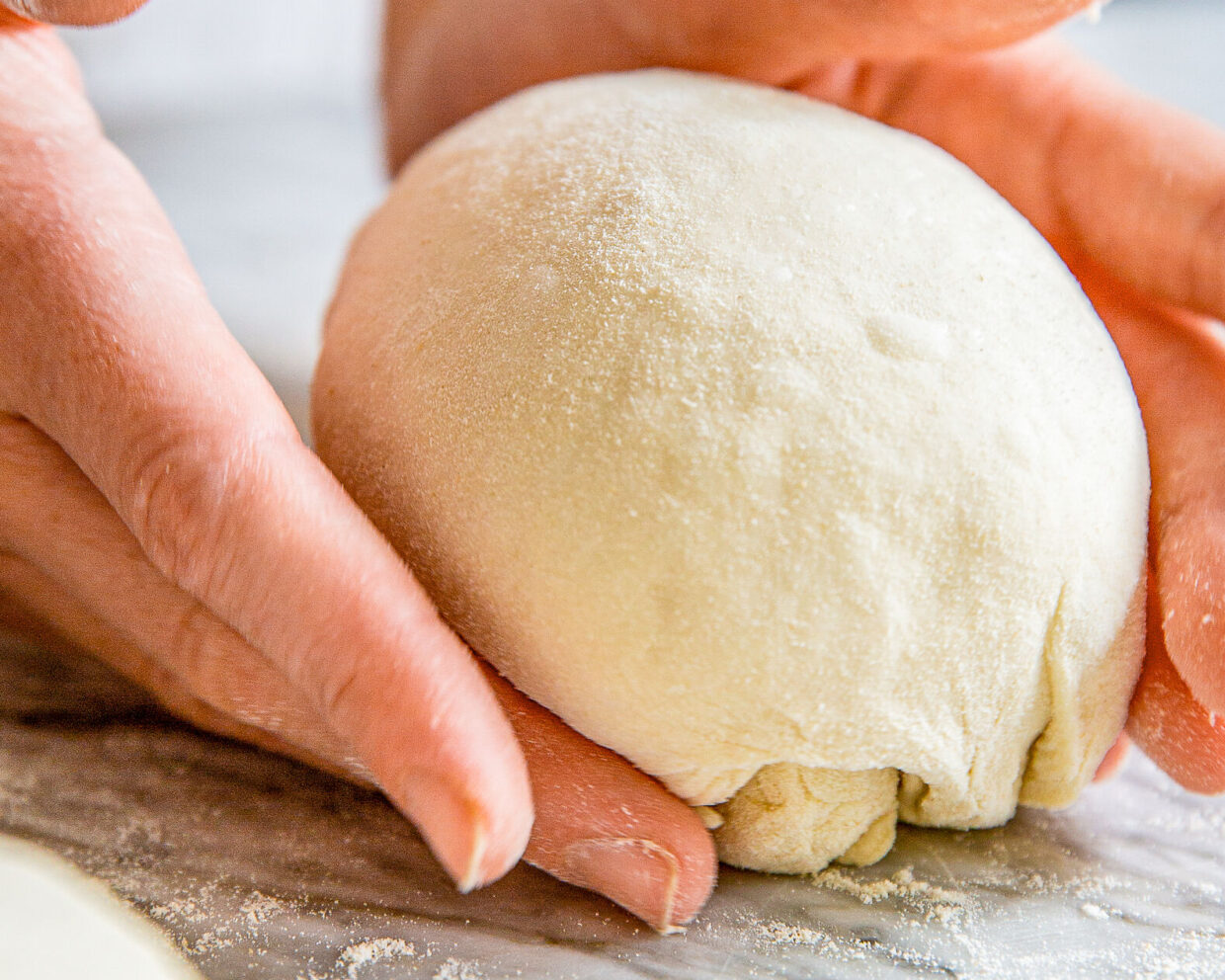
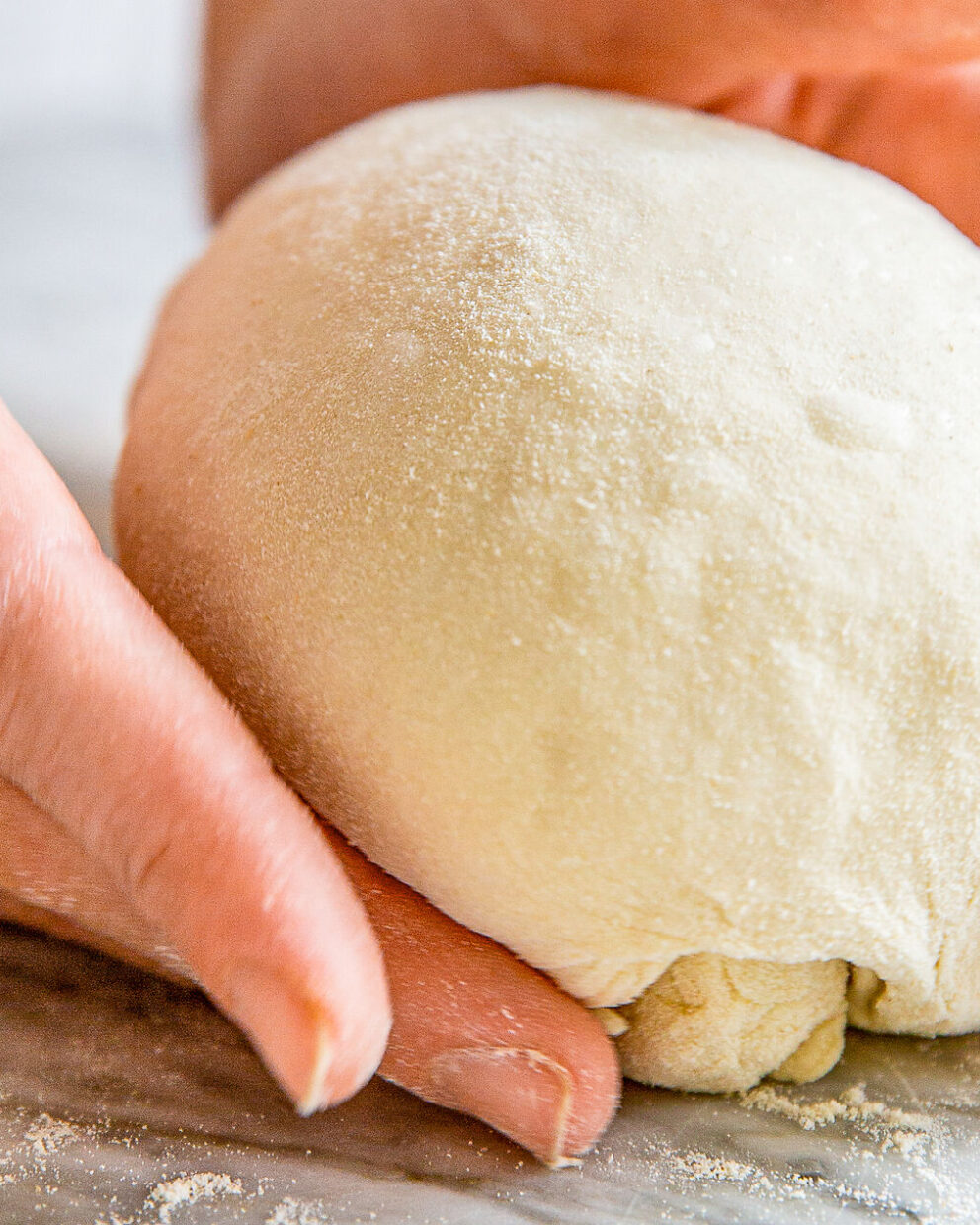
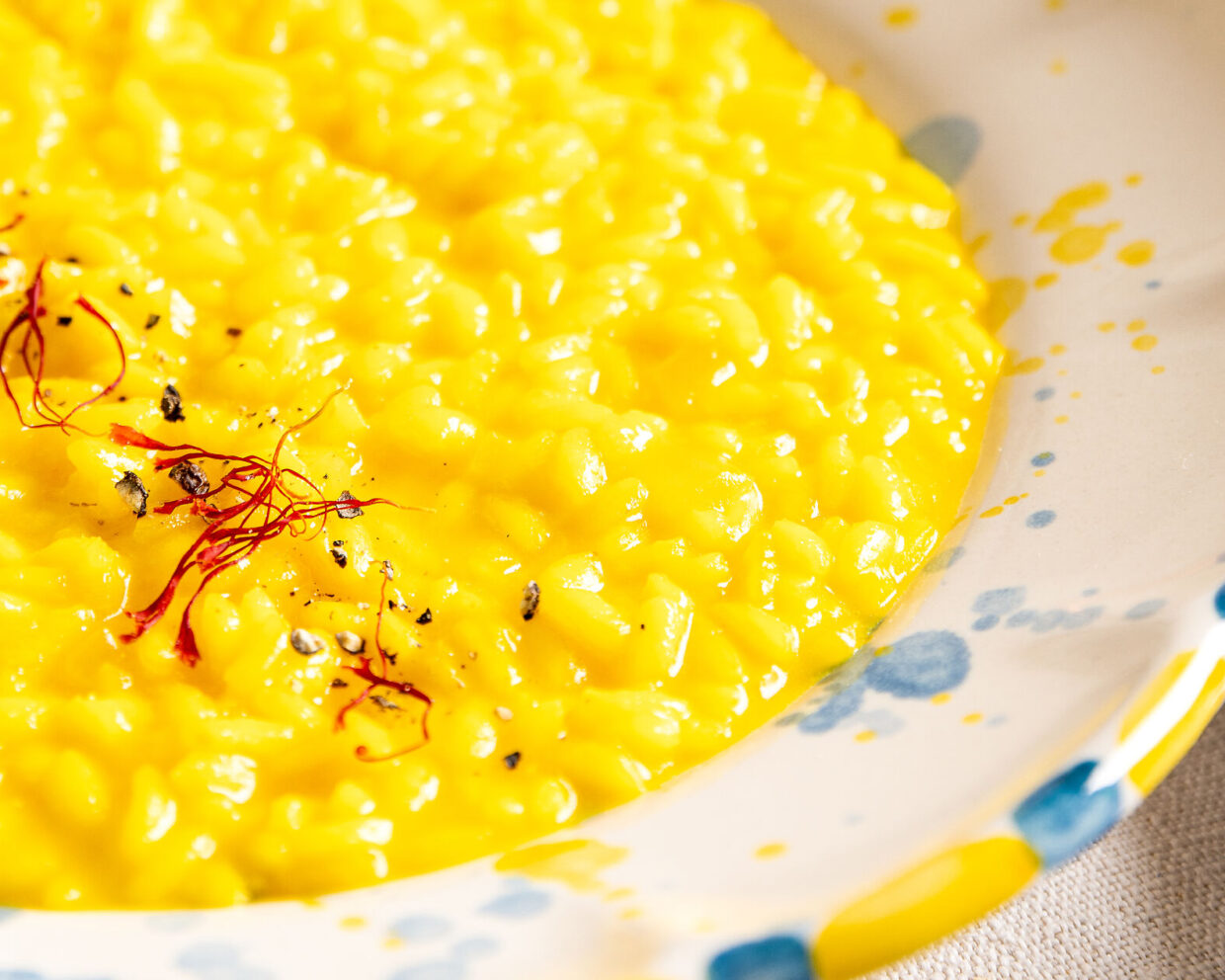
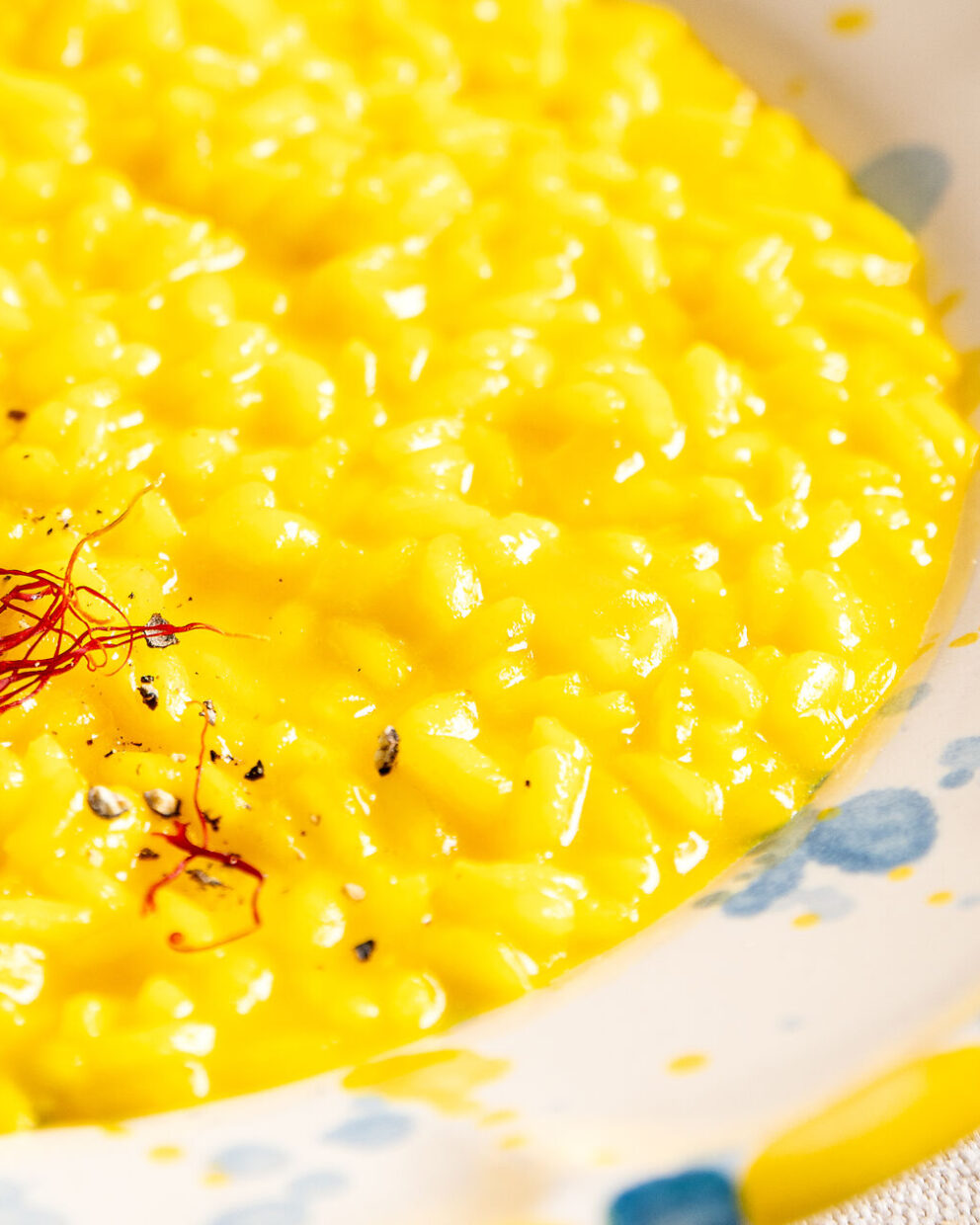
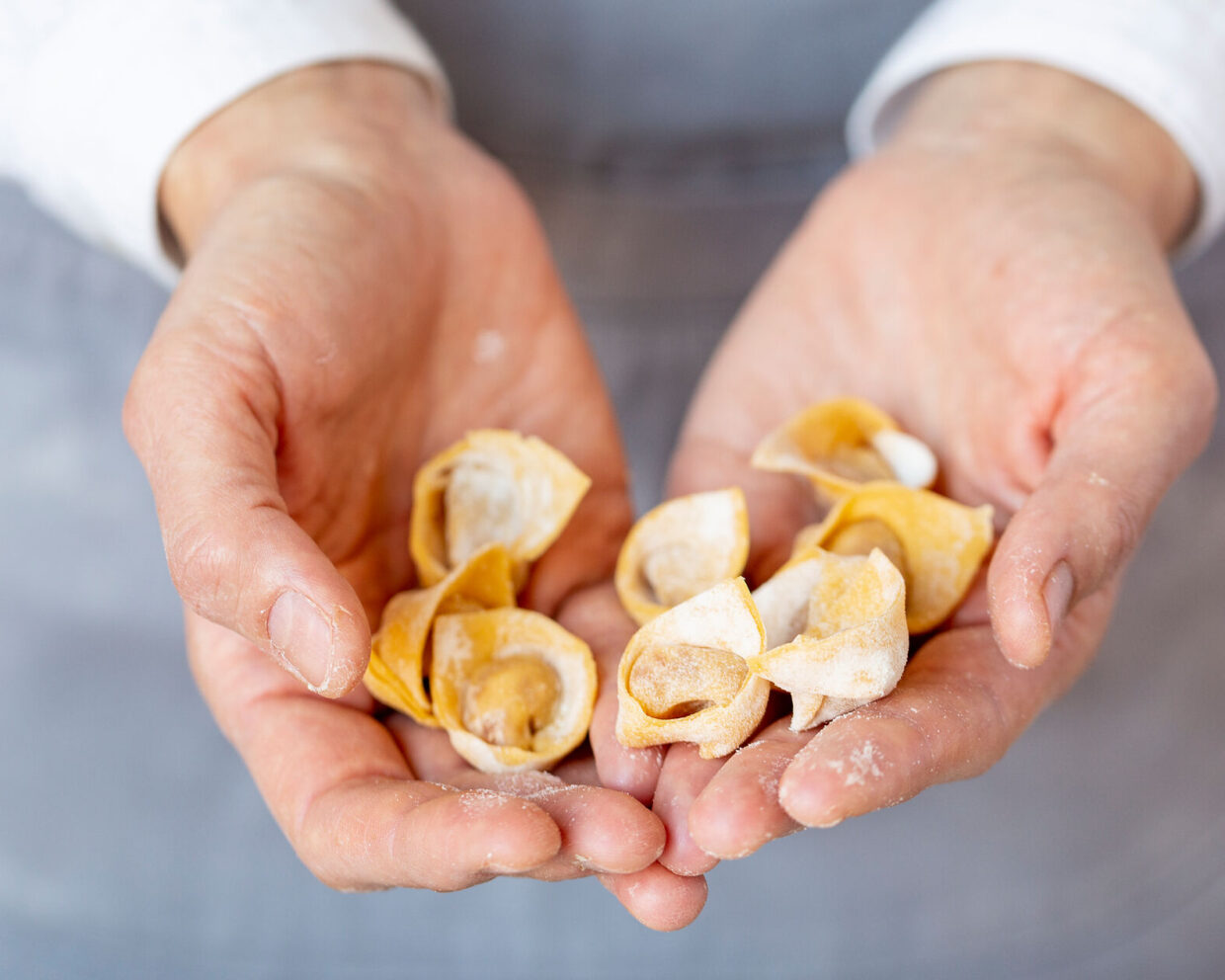
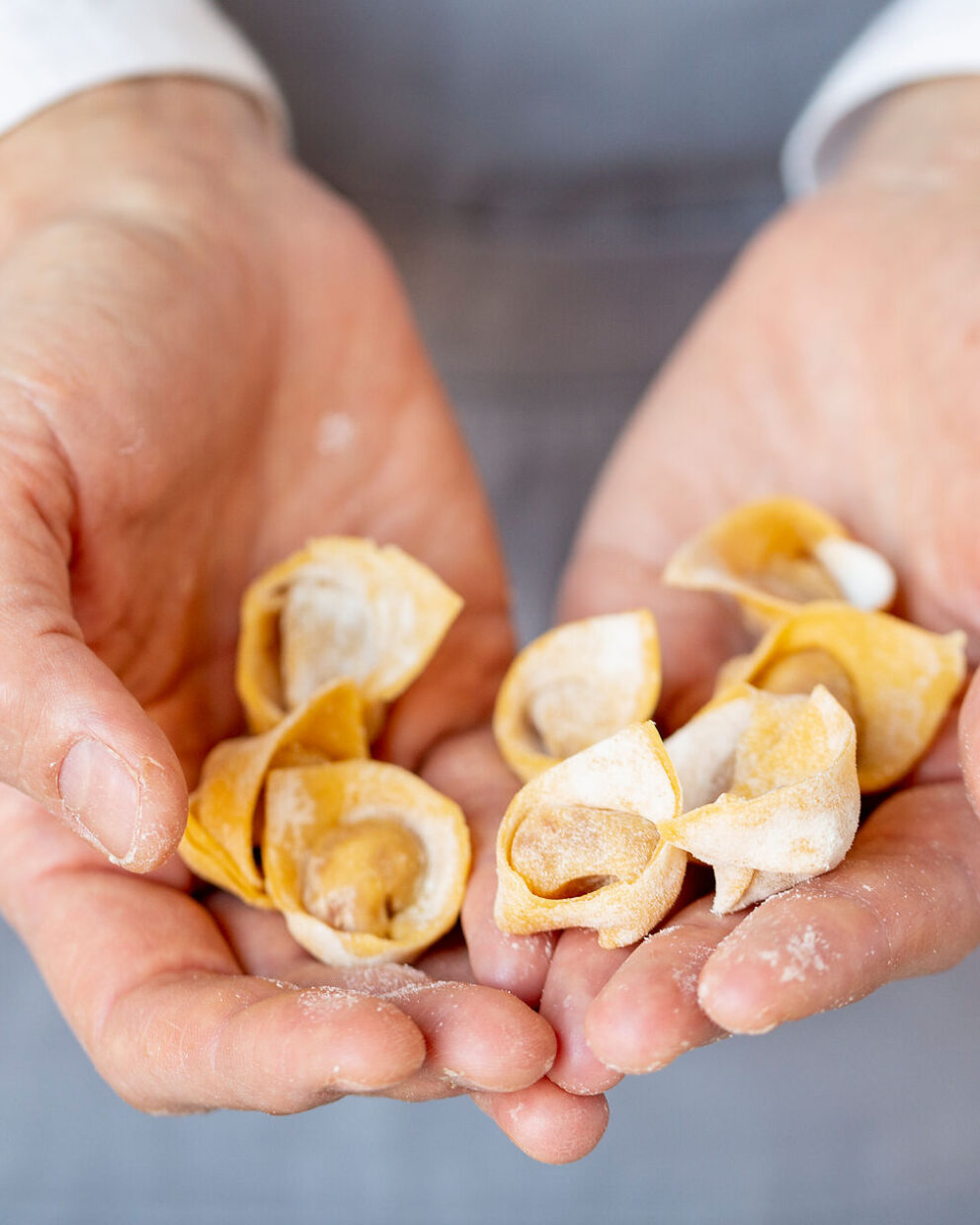
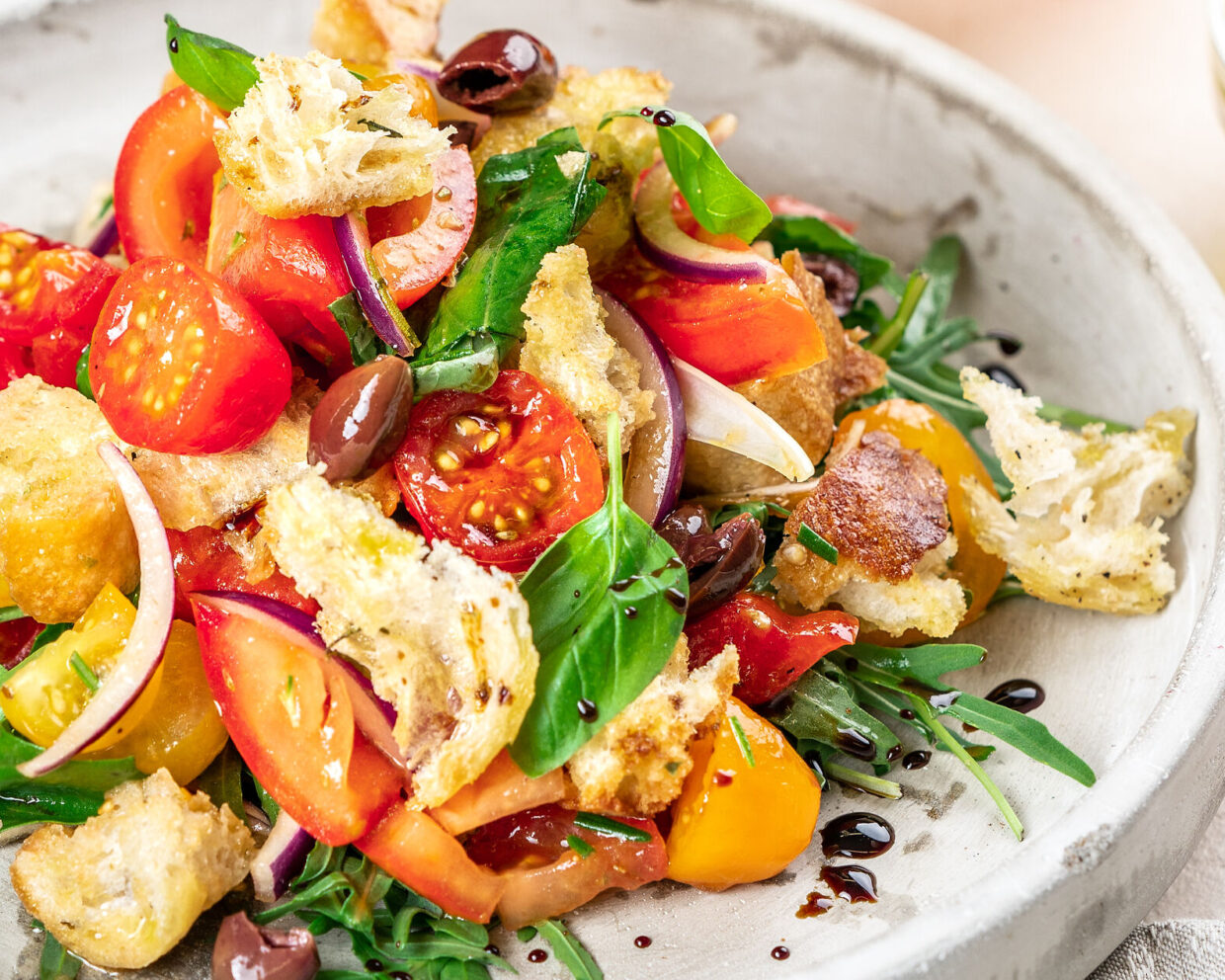
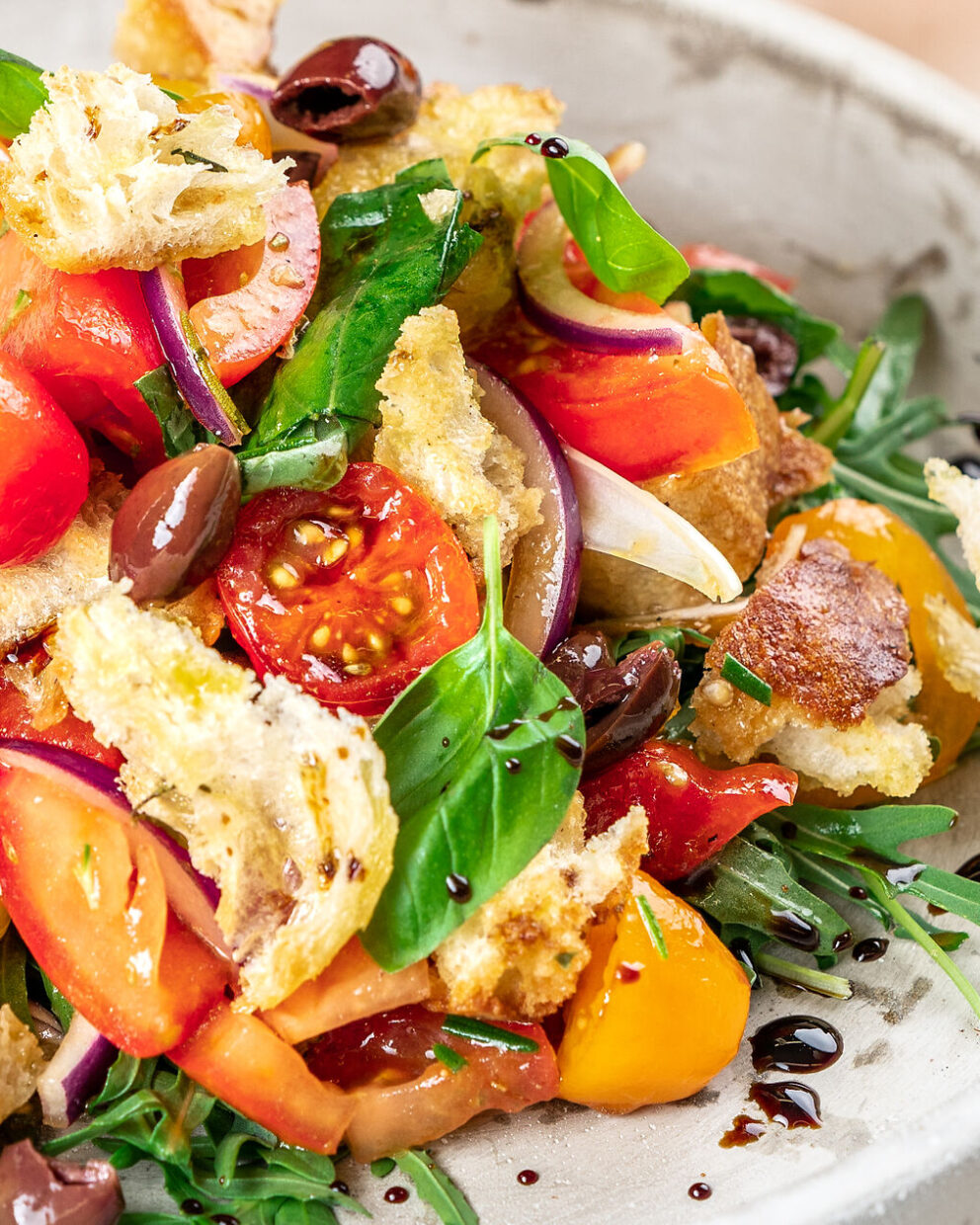

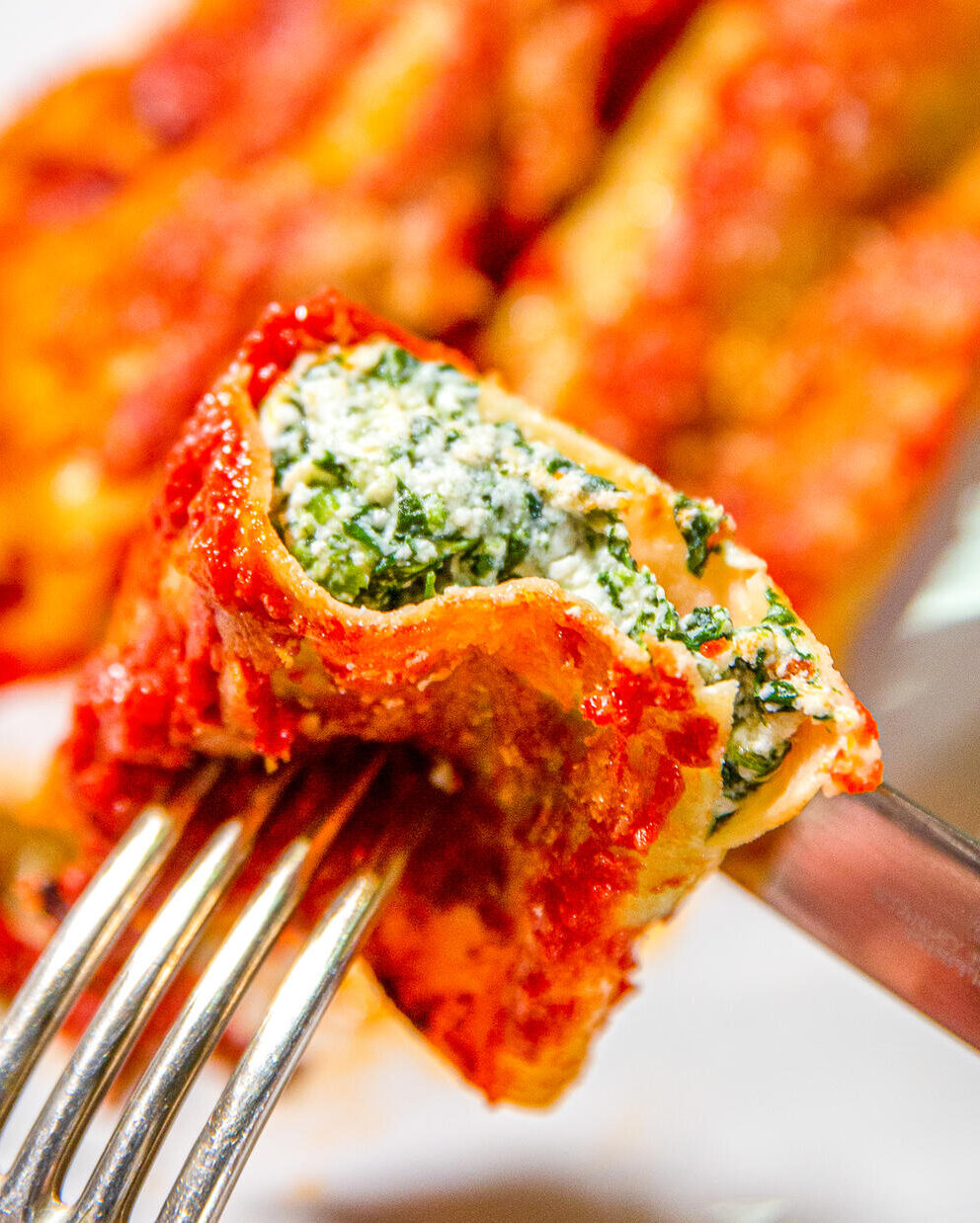
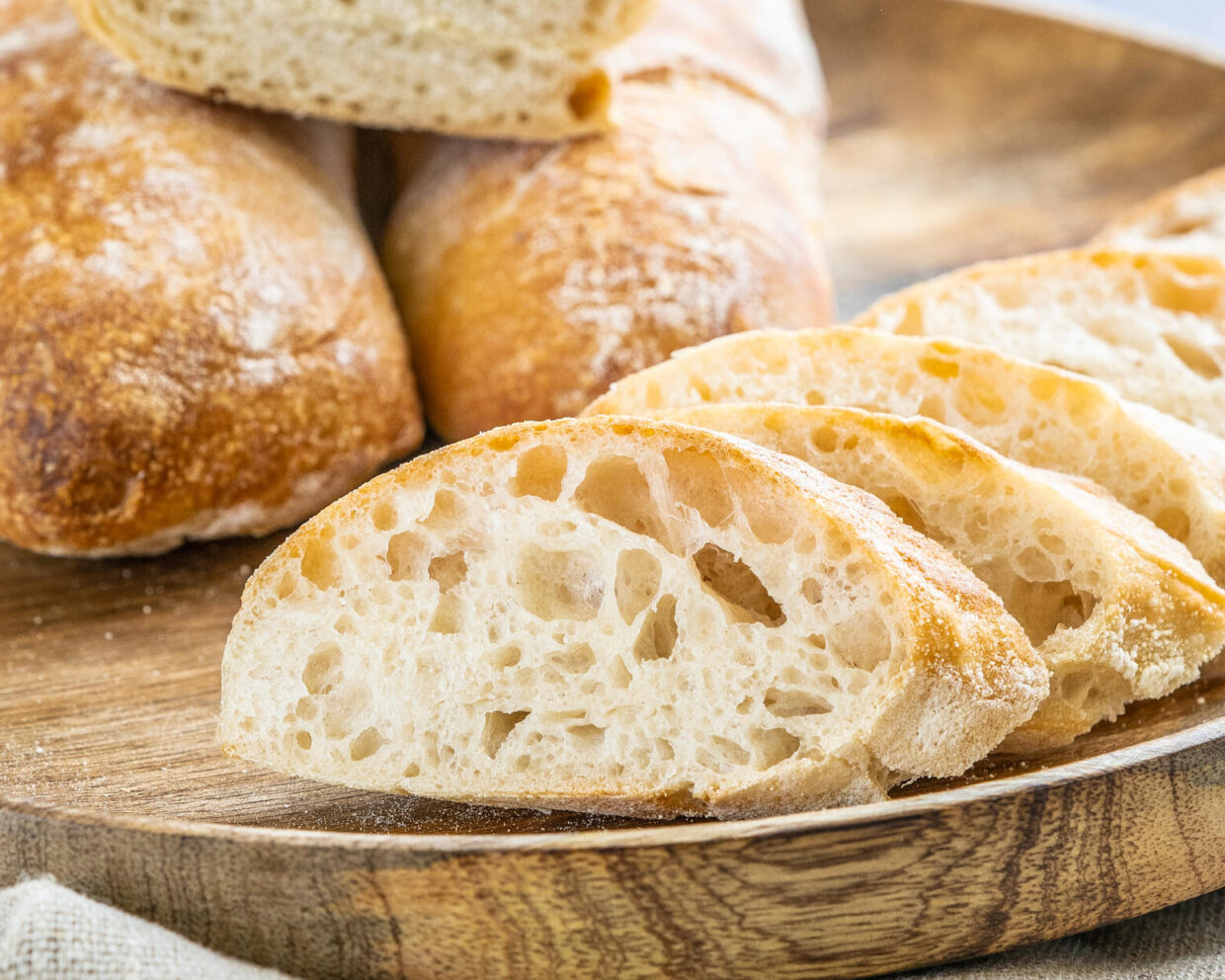
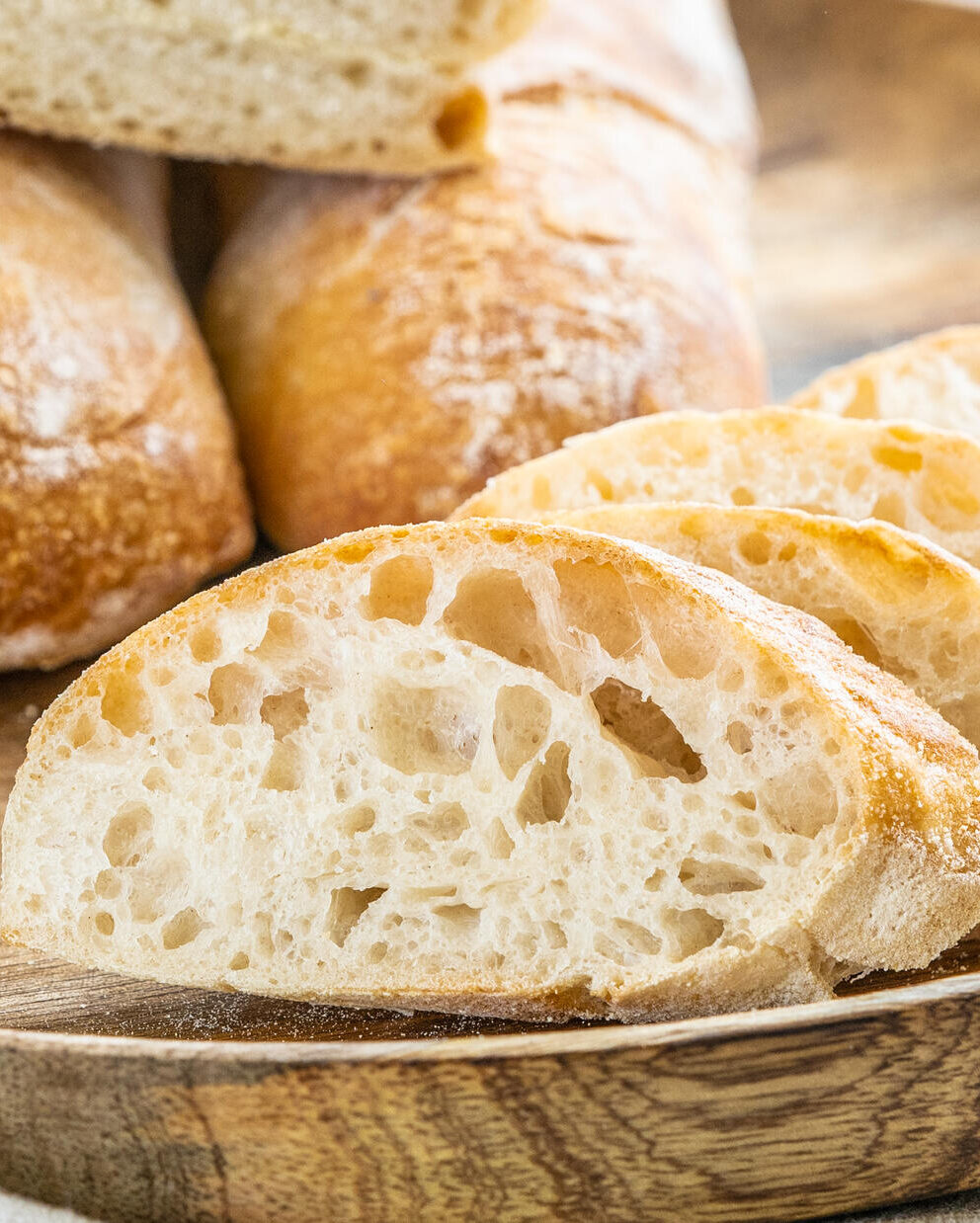
Want to share your thoughts? We're excited to hear what you think of the article. Tell us about your ideas, tips or questions! Leave a comment and share your knowledge with the community. Your opinion counts.
Write a comment